Film 210: Week 11
Character and World-Building
In this lesson, you’ll learn:
- How to develop characters and worlds thoroughly
- Techniques for revealing them efficiently in your script
- How to balance development with production realities
- Ways to integrate details using WOARO
- How to adapt to collaborative filmmaking
Let’s begin!
The Challenge
We need characters and worlds we believe in to create a well-realized script. They need to feel rich and three-dimensional, not like paper-thin puppets chasing after goals.
But how do you achieve this depth without getting lost in details? The challenge is avoiding exposition dumps that stall your story.
The solution: discovery and application. First, explore your characters and worlds using various techniques. Then, selectively reveal only what serves your story through action, behaviour, and visual elements.
We’ll explore techniques that work for both characters and worlds.
Discovery
Character and World Lists
These are guided lists that help you start considering and exploring ideas. There are many online—these are just some examples.
These can be good, but it is busy work for some people, and it is hard to interpret everything discovered here onto the screen.
Character List:
- Basic Information - Name? Age? Appearance? Height? Weight? Posture? Eye colour? Birthmarks? Diseases?
- Personal History - Mental and emotional illness? Biggest disappointment? Last meal they ate? Proudest day? Successes? Failures?
- Personality & Behaviour - What do they flaunt? Clothing? Attitude? Fears, insecurities, hopes, and dreams? Secrets and Ghosts? Happiest day? Saddest day? Most difficult day?
- Relationships & Social - Family situation? Parents? Heredity? Place in the community? Who do they loathe? Adore? Sense of Morality? Intelligence? Personality type? Special qualities? Abilities?
- Daily Life - Reading? Amusements? Pet owner? Kind? Lover? Sex life? Plans for the night? Plans for the weekend? Interests? Drugs? Alcohol? Exercise? Health?
- Background & Status - Physiology? Job? Career? Average day? Sociology? Personality flaws? Grooming? Vocal quality? Education? Race, nationality? Physical environments? Where have they lived? When have they lived? Favourite colour?
World List:
- Place and Architecture - What is the geography and climate of this place? What resources do they have? How does the architecture of the place relate to it?
- Life - What does a typical day look like for the people in your world? If there is a class system, what is it, and how do the citizens interact daily?
- Language - How do they communicate? (Of course, be cautious with this since creating a language that is too complex may hinder the storytelling.)
- Art and Culture - Is art present in this world? What sort of art? How do the intellectuals and the masses view it?
- History - What are the key, relevant events that led to the beginning of your story? What has built it up? What has hampered it?
- Science & Technology - What role has technology played in developing this society? What has been discovered? What hasn’t?
- Law - What system of rules exist? How is it enforced? Is it working?
Living Within Your Creations
A powerful technique is to live within the characters or worlds. Go beyond answering questions to actually inhabiting your creations.
For characters, adopt an empathetic approach. Don’t just list their obstacles—understand why those obstacles feel insurmountable. Don’t just note they’re a villain—find what makes their actions feel justified in their mind.
For worlds, think about day-to-day life. What makes a world feel real is the sense that the writers have tried to live within it. How do people wake up, eat, work, and sleep? What minor frustrations and daily rhythms shape their lives?
Both approaches move you from external observation to internal experience.
Mind Maps
Use mind maps to visually explore character connections and traits or connections between different elements of your world, such as cultures, locations, or historical events. For characters, start with your character’s name in the center and branch out with key aspects like personality, relationships, goals, and fears. For worlds, start with your world concept and branch out to explore how different elements connect.
Timelines
Creating timelines can be particularly helpful, especially when writing longer works like a series. For characters, they track personal history and development, identify plot holes, and contextualize the character within broader historical events. For example, a timeline can help you understand how growing up in the 1960s versus the 2000s would shape your character’s worldview and reactions.
For worlds, create a chronology of your world’s history, helping you track important events and understand how they shape the current state of your fictional universe.
Scrapbooks
Compile scrapbooks with images, quotes, or objects. For characters, focus on items that represent them personally. For worlds, gather visual inspirations for aesthetics, architecture, costumes, and atmosphere. This visual and tactile method can inspire new ideas and deepen your understanding.
Discovering Through Writing
Sometimes the best discoveries happen when you’re writing. As you place your characters in scenes and force them to make choices, they surprise you.
You might discover a character has a quick temper when cornered, or that your world’s marketplace operates on a barter system you never planned. These moments of discovery—when characters reveal themselves through action or when world details emerge organically from the story —often feel more authentic than anything you could plan.
Trust the writing process to reveal depths you might not have anticipated during initial planning.
Develop a Set of Rules
Develop a tight set of rules for both your characters and world. Some can be broken, some cannot. Social rules can be broken, but gravity can’t.
For worlds, consider:
- rules of magic or science
- rules of hierarchy and social roles
- rules of the natural world
For characters, consider:
- moral codes and belief systems
- personal boundaries and limitations
- behavioural patterns and habits
What happens if you break the rules? What are the consequences? How do rules create limitations? What happens when characters violate their moral code? For worlds, how does breaking the social hierarchy affect the story?
These rules create conflict opportunities and authentic boundaries that make your characters and worlds feel consistent.
When rules change, it signals growth or failure for the character or world.
Implementation
Using WOARO
WOARO is the bedrock of revealing your character and story. Apply it at every level—scene, sequence, act, story, and series. Every step is an opportunity to inform the character and the world.
Want
What drives your character defines them. Look through your discovery work—what do your characters want? What is of value to them? What is of value in this world? Are there hidden wants—because characters don’t know or understand themselves, or because someone in the world is hiding it from them? Consider both external goals and internal desires that extend over a lifetime.
Want ties characters together or pulls them apart—aligned wants create allies; conflicting wants create enemies.
Obstacle
What are the inner obstacles (character flaws, fears, limitations) and outer obstacles (other characters, societal structures, physical barriers)? What keeps them from their wants? What flaws hold them back? Consider their ghosts and secrets, their fears and insecurities.
Obstacles shape the character’s journey and reveal personal limitations and world conflicts. They can reveal societal structures, dangerous elements, or cultural restrictions.
Action
How specifically does your character pursue what they want? Actions depend on specificity—how exactly do they love, hate, defend, respond? Word choice matters too—are they eloquent, crass, pandering? What are their moral lines? What do they choose to do? What do they not control? How do people in this world take action—what methods are available, acceptable, or forbidden?
Actions reflect ingrained behaviours built upon years of experience. Remember that not everything is a choice; some things are inherent to their wants, drives, and obstacles.
Actions reveal world rules through behaviour rather than explanation—let audiences discover how this world works through character actions.
Response
How does your character respond—immediately or after consideration? This reveals personality. How does the world respond to actions? This shows consequences and world logic.
Response reveals emotion and hidden truths. If a character fights back, runs away, or doesn’t react, it tells us about their emotional state. If they say they are passive but respond with violence, what does that reveal?
How does your world respond to actions? If the world is supposed to be passive, but somebody pulls a gun, secrets are waiting to be discovered. What are the consequences for different types of actions in this world? What does the world’s response reveal about its values and systems?
Outcome
Do they get what they want? Why or why not? This demonstrates character growth/failure and world consistency. When the outcome changes a character’s field of responses, it represents character change—for example, a character who shifts from love for another character into hate. When world rules change or break, it signals world evolution or crisis. The outcome also sets up the next cycle—success or failure creates new wants and obstacles.
Descriptions
Descriptions are your first introduction to people, places, and objects. We’re limited to 3-4 sentences, so capture their essence. The discovery phase helps you hone in on what to highlight.
Character Descriptions
Distill your discovery work into its essence. For a vain character: “MARCUS, 34, adjusts his tie in every reflective surface he passes, including car windows and coffee shop glass.” Show the trait through behaviour.
World Descriptions
Hint at the bigger picture. For a post-apocalyptic world with magic: “The downtown core stands half-buried in sand, neon signs flickering with impossible colours. A woman draws glowing symbols in the air to unlock her apartment door.” Show both the collapse and the magic without explanation.
The Black Hole Problem
If you don't guide readers, they will create their own version. Choose details that communicate your unique elements immediately.
Visual Elements
Beyond descriptions, visual elements communicate character and world details without explanation.
Character Visual Elements
Objects that hold meaning to a character’s history reveal depths without exposition. A faded military photo, prayer beads worn smooth, a baseball glove that’s seen better days. What objects from your discovery work carry emotional weight?
World Visual Elements
Visual details establish world rules, history, and culture. Graffiti in a specific language, architectural styles that suggest power structures, and technology that hints at development. Costumes, vehicles, tools—all communicate how this world works.
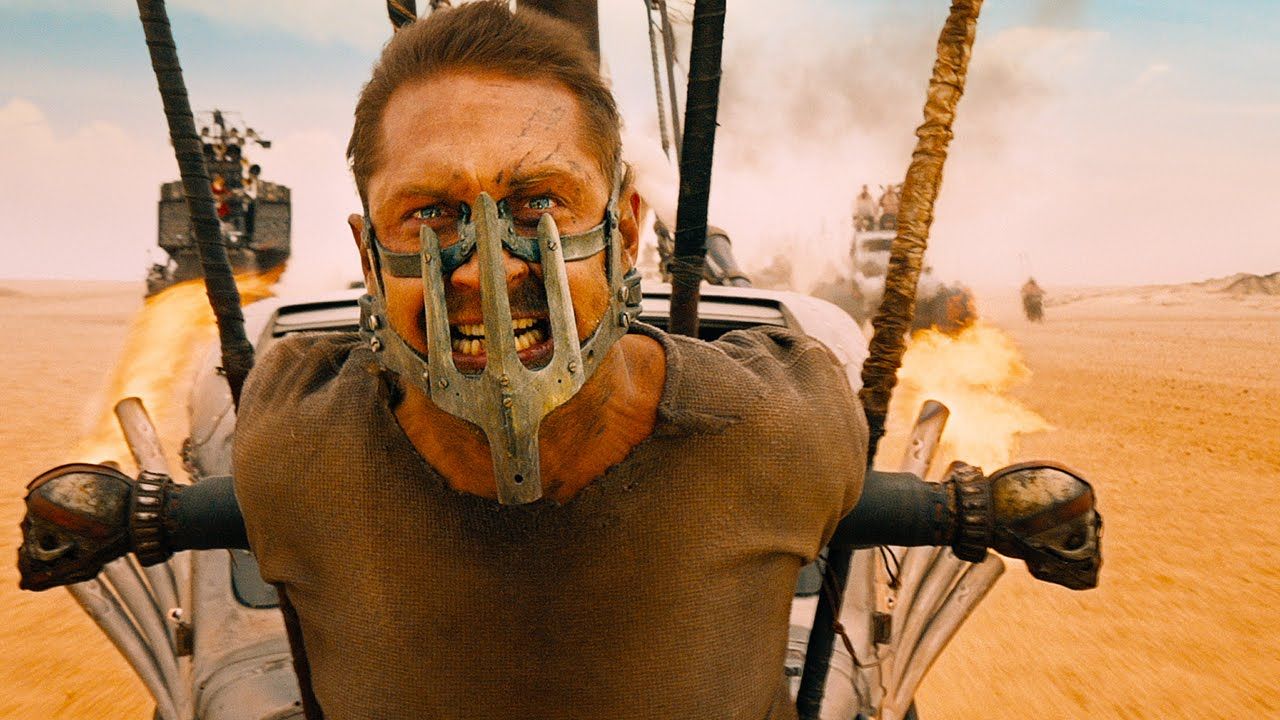
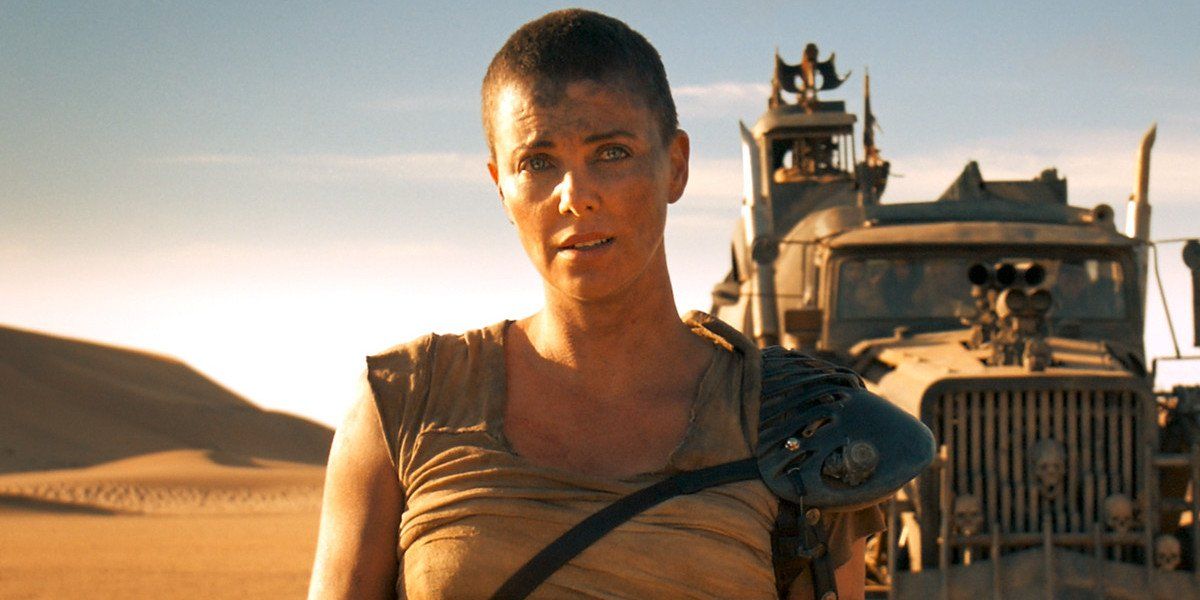
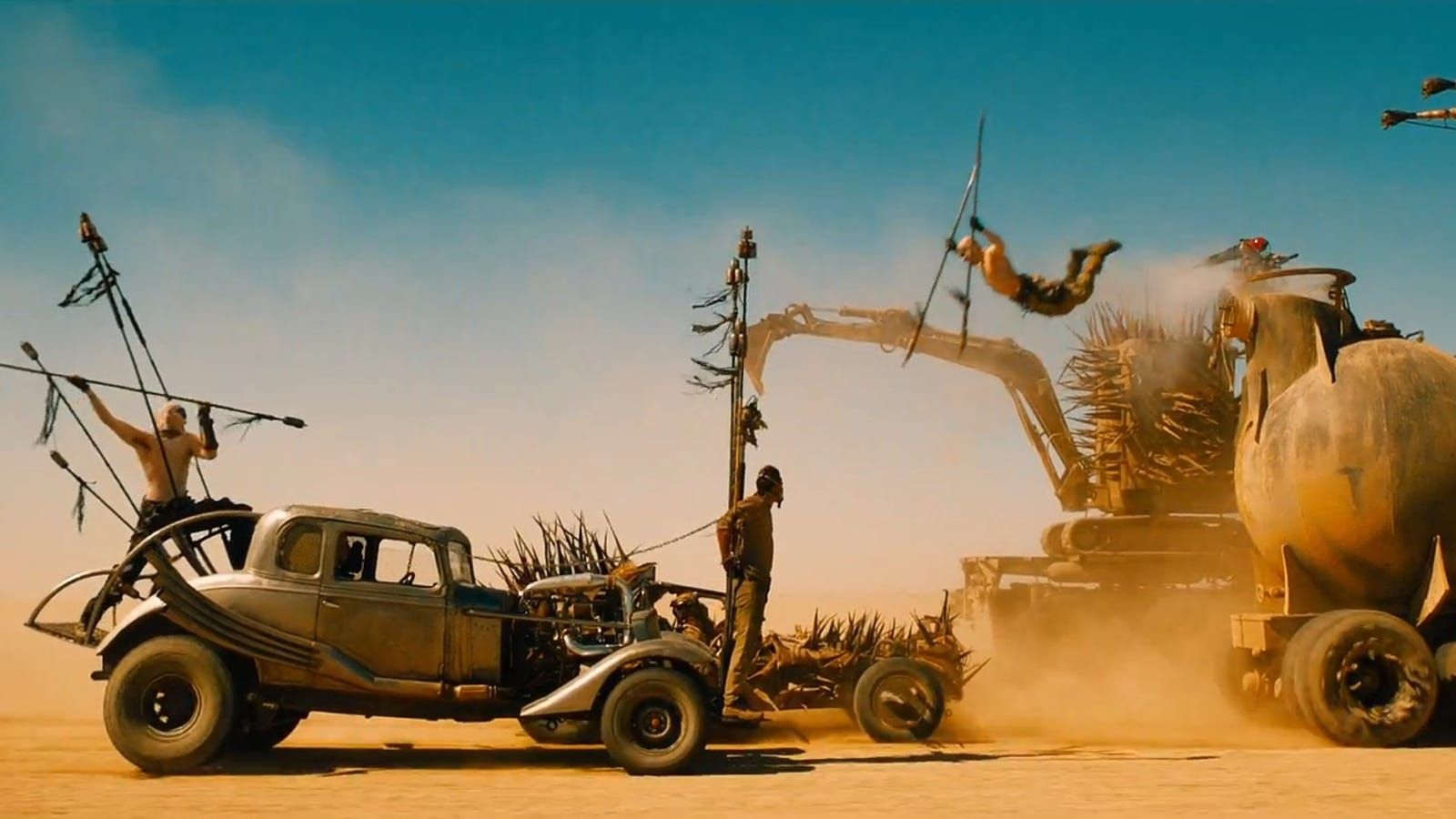
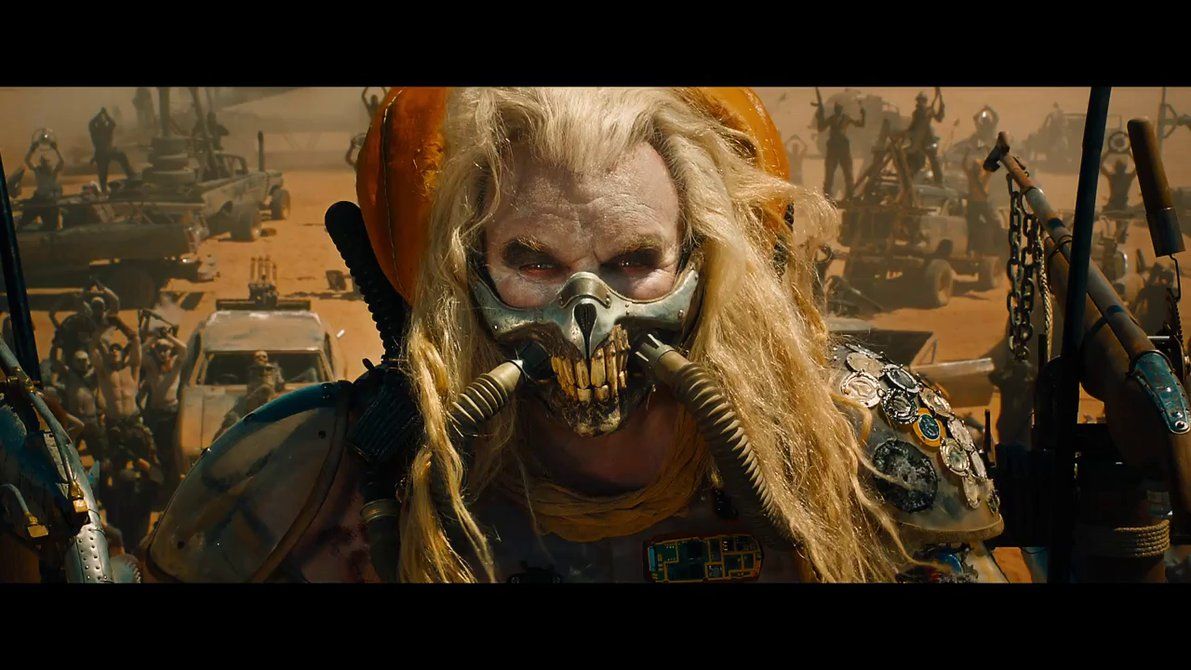
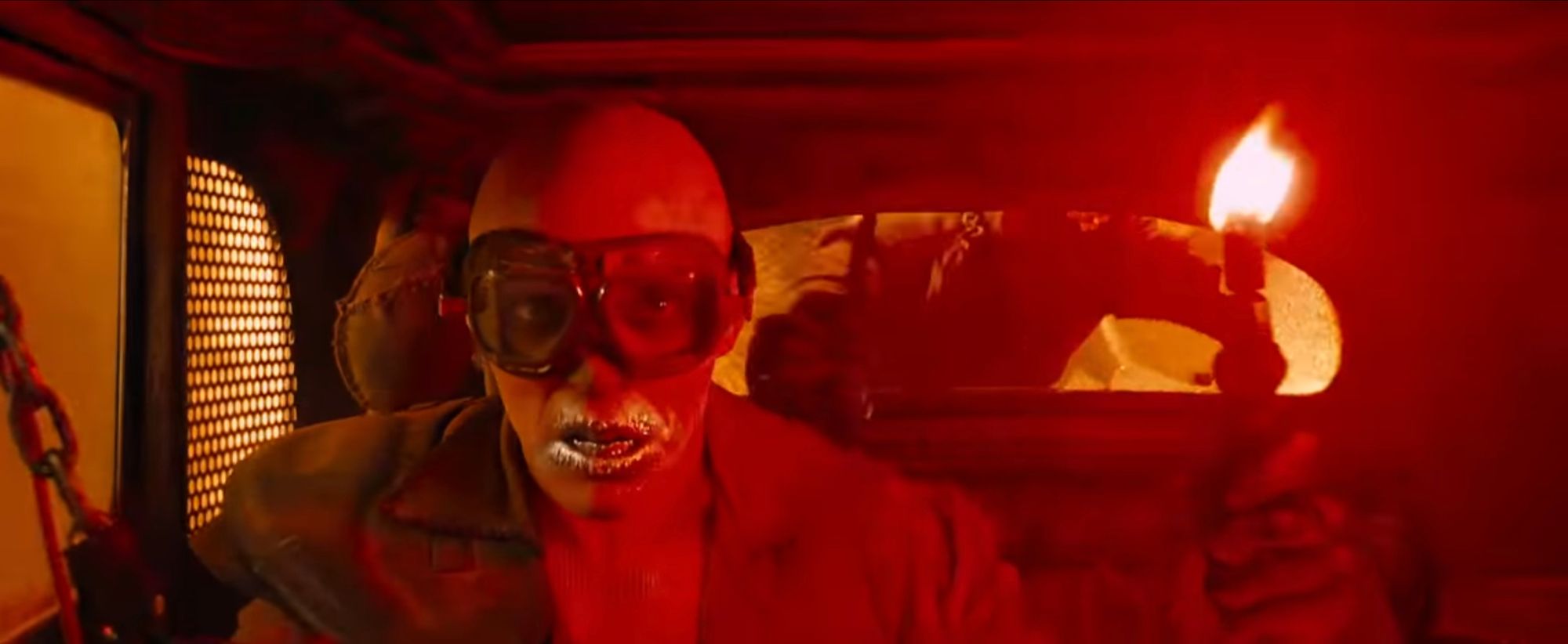
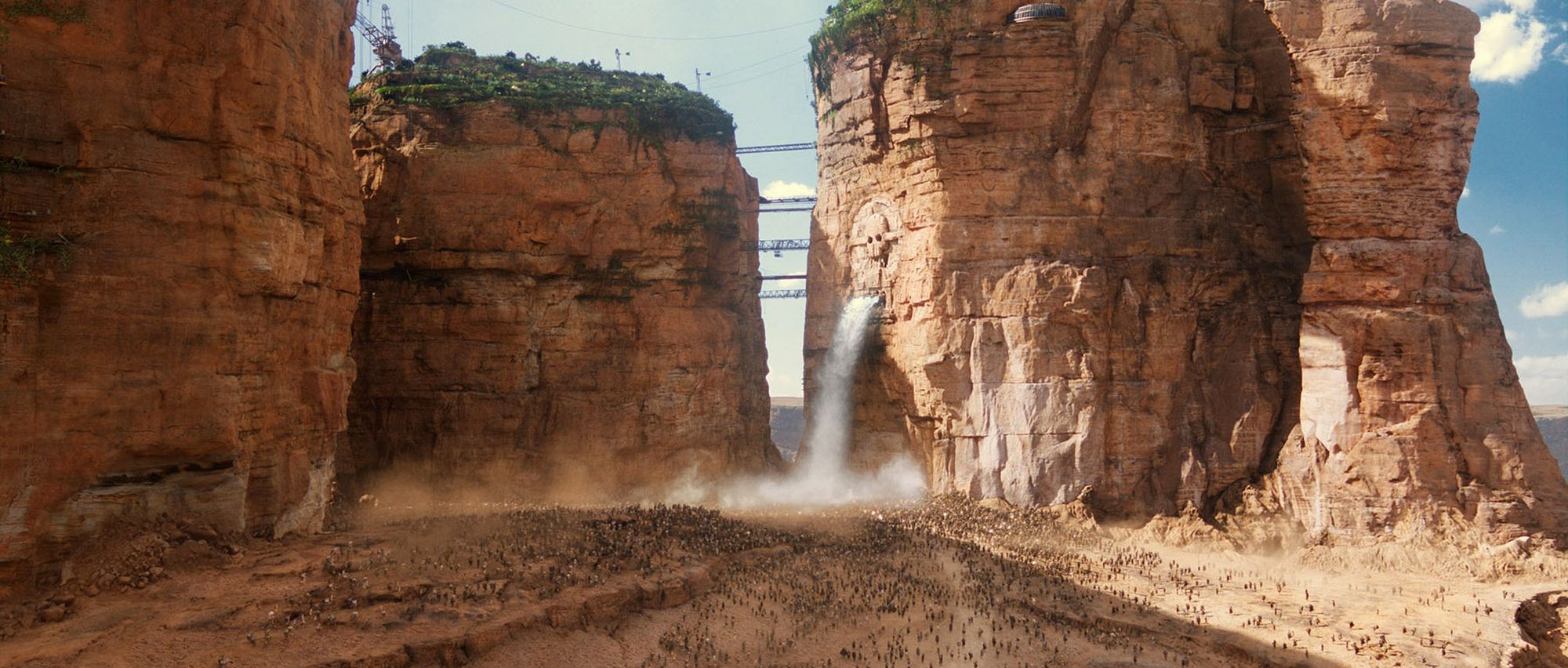
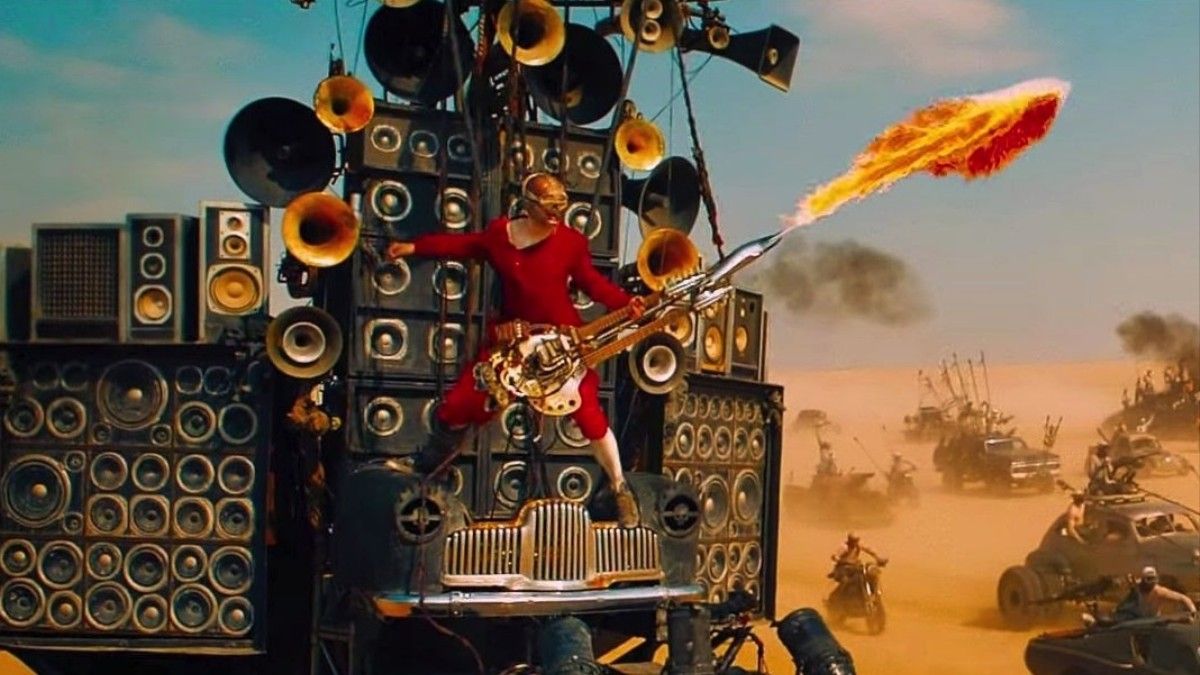
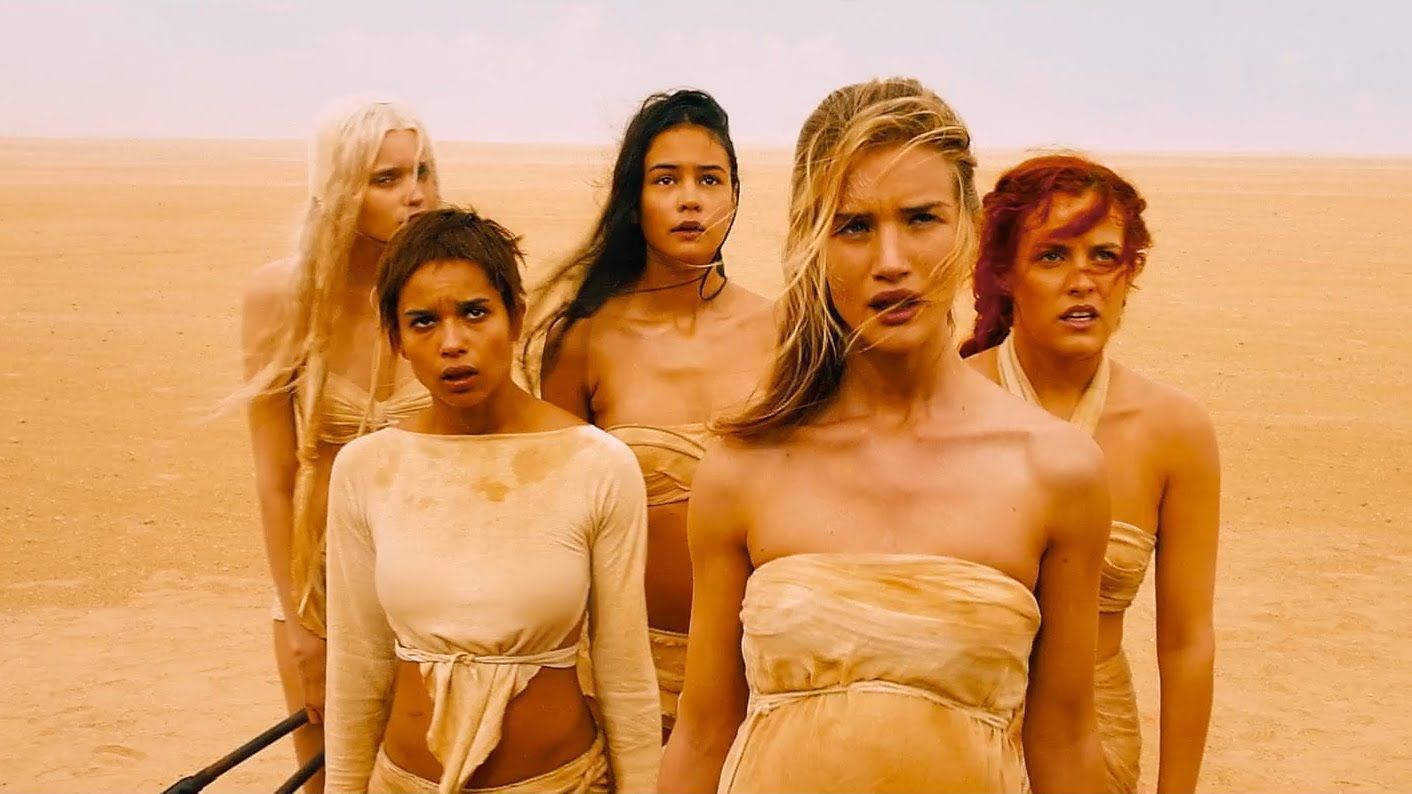
Mad Max: Fury Road is filled with visual elements that tell the story.
Revealing Through Discovery
These elements should emerge organically. The meaning isn’t dumped in exposition but discovered through how characters interact with objects. For example, the baseball glove reveals significance when the character reacts to finding it damaged, not through a speech about their deceased father.
Character Interactions
Every character interaction reveals information about your characters and world through dialogue, behaviour, and reactions.
Character Revelation Through Interaction
How characters speak to different people reveals their relationships, status, and personality. Do they talk down to service workers but defer to authority? Use formal language with strangers but casual speech with family? How they interrupt, listen, or avoid eye contact shows character aspects from your discovery work.
World Building Through Interaction
Character interactions reveal social hierarchies, cultural norms, and world rules. Who bows to whom? What topics are avoided in conversation? How do people greet each other, handle conflict, or show respect? These dynamics communicate how your world functions.
Power Dynamics and Social Rules
How characters navigate power structures reveals both personal character and world systems. Who speaks first? What language is appropriate? How do different classes, ages, or backgrounds interact? Show these details through natural character behaviour.
The Reality of Production
Your cast and crew will inevitably offer their own interpretations. Everything is in flux until it’s filmed.
For instance:
- Actors will craft their own path through scenes. I’ve seen production halt because an actor didn’t like store window set dressing and needed it redressed with things her character would choose.
- Directors may have different visions for character interactions.
- Budget constraints might compress multiple characters into one or multiple locations into a single setting.
- Production designers and art directors will bring their vision to your world.
Whatever the cast and crew bring will change your vision. This isn’t necessarily bad—it’s often where collaborative storytelling magic happens. You can dig deep, but your ideas may be thrown out.
Don’t hold onto ideas too tightly, or it can be disappointing. Some productions never happen, so time spent on worlds may be for nothing. Focus on projects that move forward.
Approach development with flexibility while focusing on core elements crucial to your story.
Key Takeaways
- Thorough Exploration - Use various techniques to develop a deep understanding of your characters and world
- Selective Application - Choose only what serves your story
- Show, Don’t Tell - Reveal details through action, dialogue, and visual elements
- Use WOARO - Organically integrate character and world details into your script
- Stay Flexible - Prepare for collaborative changes while focusing on core story elements